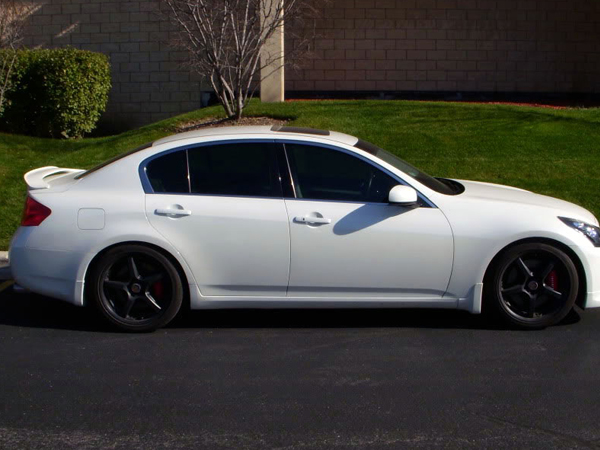Car tinting is governed by window tinting laws by state all over the U.S. You can’t just install tint films of any type on your car. Every state has its own car tinting rules which every motor vehicle owner needs to comply to. This was enforced by authorities for public safety and security. It is therefore essential that all window tint technicians understand all of these.
Things to Know About the Tinting Laws
Tint films should be regulated per state for security and safety as well. Driving with dark tint at night is like driving with sunglasses on. It endangers you and other road users. Another reason why window tinting laws by state are strictly observed is that the wrong tint film can be an obstruction to police and rescue workers’ jobs. They would need complete visibility when the need arises, and it would be hard if you have an almost opaque tint shade.
Tint films come in different shades and are being used according to the owner’s preference. However, there is a limitation to its VLT (Visible Light Transmission) or the percentage of light that can pass through the window. This is a brief presentation of the window tinting laws by state. This specifically pertains to the front side windows.
Percentage Requirement for Each State
70% or more is allowed in Alaska, California, Delaware, Iowa, Michigan, New Hampshire, New Jersey, New York, Pennsylvania, Rhode Island, Vermont, and District of Columbia. 25% is allowed in Arkansas, Oklahoma, and Texas. 35% is allowed in Connecticut, Hawaii, Idaho, Illinois, Kansas, Kentucky, Maine, Maryland, Massachusetts, Missouri, Nebraska, Nevada, North Carolina, Oregon, South Dakota, Tennessee, and West Virginia.
50% VLT is required in Minnesota, North Dakota, Ohio, Virginia, and Wisconsin. Florida, Mississippi, and Wyoming require 28% while 27% in Colorado, and South Carolina. About 24% VLT is implemented in Montana and Washington State. In Alabama and Georgia, the required VLT set by the government is 32%.
And the rest of the country has the following VLT: 30% to 36% in Arizona, 30% in Indiana, 40% in Louisiana, 20% in New Mexico, and 43% in Utah.
Conclusion
These VLT minimum percentages must be observed. Otherwise, you will be penalized. Tinting companies should be knowledgeable in all the rules and regulations imposed by each state. There is no excuse when it comes to window tinting laws by state. There are always alternatives. If it’s hot, then turn your air conditioner up. If you want privacy, then wear something appropriate. If it’s the sun’s glare that you’re worried about, then use sunglasses.
